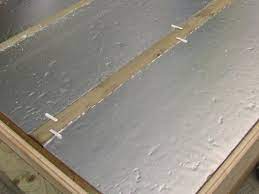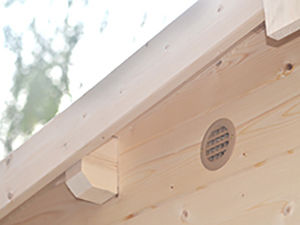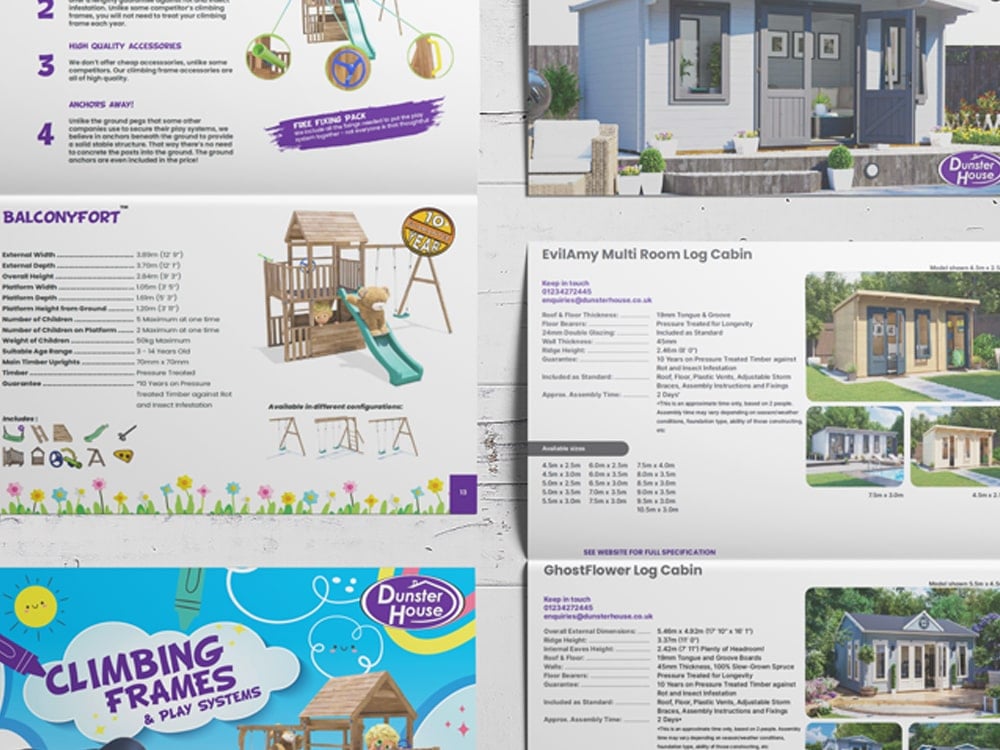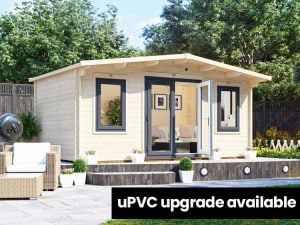You may be looking out into the garden at the weather, thinking we are silly to be discussing humidity with you. But the summer days can get exceptionally hot, and even cold air carries moisture, so you need to be thinking about how to reduce humidity in your Log Cabin throughout the year.
Humidity is defined as ‘a concentration of moisture in the air’. This moisture is typically not visible to the human eye. Within the home, it can normally be seen in the kitchen and bathroom.
Now we are in no way saying the humidity in your Log Cabin will reach the indoor humidity levels of your house. However, like any enclosed space there can be a build up of excess moisture in the air circulating the cabin.
Timber adjusts to seasonal changes, meaning it can take a little amount of moisture. As a natural product, the difference in moisture in the air will make your Log Cabin expand and shrink. These changes will be subtle but you need to ensure you give your garden building plenty of room for these movements.
It is important to note that, just sometimes, this expansion and contraction can lead to the timber splitting. This is nothing to worry about – it is common with a natural product like slow grown spruce. The majority of our Log Cabins come with storm braces to help prevent gaps appearing within the timber.
In this article we will share our tips on how to prevent any issues moisture can cause such as damp and rotting.
Open a window
It seems like a really simple suggestion but opening your window is the easiest solution when thinking about how to reduce humidity and condensation from your cabin. Condensation. Introducing the cooler air to your Log Cabin can expel the damp, warm air. As warmer air holds more moisture than cold does, you will dispel condensation by opening the windows and circulating air.
Insulation
If your budget allows, you should consider adding insulation to your cabin. The addition of insulation helps to regulate the temperature within your garden building. A blog by smart touch energy explains that keeping a building at a consistent temperature prevents moisture build up or humidity fluctuations.

All of our Log Cabins come with the ability to add insulation to the roof and floor. This is as an optional extra. You can go one step further and opt for one of our Warmalog Cabins which is fully insulated. The insulation we use throughout our products is foil backed polyisocyanurate insulation.
We use Polyisocyanurate insulation, rather than the cheaper market alternatives, as it is a moisture regulator. It is both waterproof and permeable to water vapour.
Our insulation is foil backed, giving yet another level of protection. The foil helps create a vapour barrier, which stops the water in the air from entering deep within the walls and causing rot.
Add a portable air conditioner or dehumidifier
There is a difference between an air conditioner or dehumidifier. A dehumidifier removes excess moisture without causing much of a temperature change within the cabin. An air conditioner does remove moisture, but also significantly drops the temperature, which is important to note if you live in an already cool atmosphere.

When planning how to reduce humidity in your Log Cabin, we recommend purchasing a dehumidifier. They are less expensive and use less electricity. A dehumidifier works by absorbing the drawing warm air in and cooling it, typically by a fan, before containing it within.
In an interior, portable dehumidifier the air is absorbed into damp crystals and contained within the bottom of the unit. These are small enough to be left unnoticed in the corner of your cabin.
A quick search online will show you a whole variety of portable dehumidifiers. The units can be as little, or large, as you like depending on your budget and preference.
Ventilation vents
When your Log Cabin is delivered, you will receive vent fans as standard which is exclusive to Dunster House as far as we are aware. It is easy to install, coming with two plastic base plates one circular and one square.

The part of the vent exposed to the exterior of the Log Cabin has a slanted edge, known as a chamfer. This helps to prevent and get rid of any water build up. Ensure that you install these vents to help with air circulation in your cabin.
The familiar buzzing of a fly, wasp or other creepy crawly can cause unwanted stress when you are trying to relax. Our vents have fly screens hidden within them to prevent bugs from getting into your cabin and ruining the fun.
To view our range of Log Cabins, visit our website today. Alternatively, give our sales team a call who will happily answer any questions you may have.









